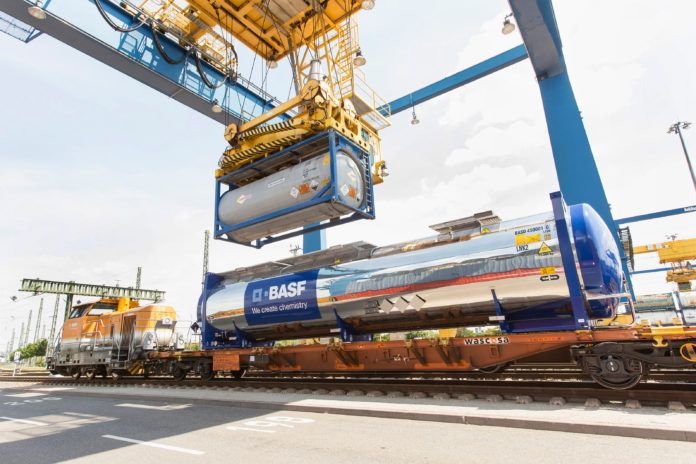The movers and managers of industrial products are including more technology in their capital outlays these days. As spikes in petrochemical, crude oil and natural gas production put a strain on Gulf Coast infrastructure, companies in the supply chain are tipping the scales in their favor by using innovation to improve reliability and reduce cost.
Those that fare best are quick to take advantage of changing market dynamics. The Port of New Orleans has taken some bold steps in that regard, albeit with mixed results. Port NOLA recently commissioned Jim Amdal, senior research associate at the UNO Transportation Institute, to study the feasibility of bunkering liquefied natural gas at the port as a potential fuel source for the shipping industry.
This comes on the heels of Morgan City-based Conrad Industries’ successful completion and delivery of the Clean Jacksonville, the first LNG bunker barge built in North America. The vessel entered service for TOTE Maritime Puerto Rico at the Port of Jacksonville, Fla., in 2018, where the vessel bunkers two Marlin Class containerships operating on LNG fuel between Jacksonville and San Juan. Other ocean carriers are hoping to utilize LNG as a potential fuel source when the International Maritime Organization’s sulfur emissions rules take effect in 2020.
Still, the capital costs of using LNG and developing the necessary infrastructure are significant stumbling blocks. A ship engine could cost up to $5 million to retrofit for LNG fuel, and ports would have to develop extensive landside refrigeration and distribution capabilities.



